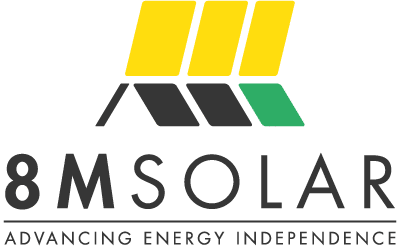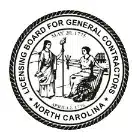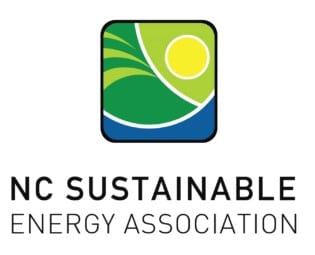Understanding Wind Energy and How it Works
Wind energy is a manifestation of the sun’s power and Earth’s natural dynamics. The heat from the sun interacts with various surfaces on our planet — whether it’s the expanses of the oceans, towering mountain ranges, or the stretches of plains — in distinct and uneven ways. This differential heating causes temperature variations that create differences in atmospheric pressure. As air moves to balance these pressure disparities, winds are born. These winds are a direct result of the Earth’s rotation, its topographical features, and seasonal changes, making them an integral and predictable part of our planet’s climate systems.
The process of harnessing wind energy is a marvel of engineering and a testament to human ingenuity. The kinetic energy of wind is intercepted by the blades of wind turbines, which are designed to capture the energy from the moving air. These blades are usually constructed from lightweight and durable materials like fiberglass or carbon fiber composites, allowing them to withstand the constant stress of operation while maintaining efficiency. As the wind pushes against the blades, they rotate, creating a spinning motion that drives the turbine’s shaft.
This mechanical motion is then transferred to a generator housed within the turbine’s nacelle, a structure at the top of the turbine tower. Inside the generator, the rotation of the shaft causes a magnetic field to interact with coiled wires, producing an electric current through electromagnetic induction. This current is converted into a form suitable for transmission through transformers and sent through the power grid to homes and businesses.
A single large-scale wind turbine can generate enough electricity to power hundreds, if not thousands, of homes annually, depending on its size and location. Offshore wind farms, where winds tend to be stronger and more consistent, are becoming increasingly popular for their ability to generate large amounts of clean energy while occupying space that doesn’t compete with land use.
Wind energy represents a sustainable resource. Unlike fossil fuels, it produces no greenhouse gas emissions during operation, making it a key player in the transition to a low-carbon energy future. As technology advances, innovations like taller turbine towers, more efficient blade designs, and predictive maintenance systems are enhancing the efficiency of wind energy, solidifying its role as a cornerstone of global renewable energy strategies.
Wind Energy Design and Scalability
The design of modern wind turbines highlights human ingenuity, with variations like horizontal-axis turbines, known for their iconic three-bladed design, and vertical-axis turbines, resembling egg beaters, which capture wind from any direction. Each design is engineered to maximize efficiency, tailored to its specific application.
Placement plays a vital role in performance. Turbines can stand alone on open land or form wind farms, both onshore and offshore. Offshore wind farms, often located in oceans or large lakes, harness stronger, more consistent winds, enhancing energy output. These marvels of engineering are crucial for large-scale renewable energy projects.
Wind energy’s scalability makes it accessible to more than just corporations and nations. Small-scale turbines power homes, farms, and communities, especially in remote areas with limited grid access. They provide reliable, clean energy solutions, whether operating off-grid or supplementing existing power systems.
Ultimately, wind energy combines nature’s generosity with human innovation to deliver a sustainable solution for growing energy needs. From massive offshore installations to local turbines, it offers a cleaner path to power the future.
Wind Energy: Weighing the Benefits and Drawbacks
Every renewable energy type has distinct advantages and disadvantages, influenced by regional characteristics. Hence, it’s pivotal for people to identify the best-suited energy form for their locality.

Pros of Wind Energy
- Cost-Effective in the Long Run: Wind turbines utilize the free, natural wind for power, eliminating the need for external fuel. Consequently, operational costs of wind farms are considerably less, especially when compared to other energy sources that demand continuous fuel.
- Eco-Friendly Powerhouse: Wind energy’s operations emit zero greenhouse gases, safeguarding our atmosphere from harmful pollutants. The only indirect emissions come during the turbine manufacturing, transportation, and installation phases.
- Technological Advancements: Modern wind turbine designs have evolved, making them more effective energy converters. This progress has paved the way for versatile turbine sizes catering to various sectors. With ongoing technological enhancements, we can expect turbines that generate more power, need fewer repairs, and operate more silently and safely.
- Farm-Friendly: Wind turbines can coexist with agricultural operations. Landowners often earn from allowing turbine installations on their property. Despite being massive structures, their ground-level footprint is minimal, preserving the primary use of the land.
- Diminishing Fossil Fuel Reliance: By bolstering our wind energy infrastructure, we move away from depleting fossil fuel reserves, ensuring a consistent energy source as long as the sun warms our planet.
Con and Limitations of Wind Energy
- Threat to Avian Species: Rotating turbine blades can be lethal for birds and bats. Moreover, terrestrial animals might get disturbed by the noise generated by the turbines. However, modern buildings and skyscrapers similarly pose risks without much opposition.
- Acoustic Concerns: Turbines, particularly older models, can be loud, making remote locations ideal for installations. Offshore placements further reduce the noise concern. Nevertheless, newer models are making strides in reducing noise emissions.
- Hefty Initial Expenditure: The creation and setup of these towering turbines necessitate significant capital. Additionally, transporting the generated electricity from remote sites to urban centers incurs extra costs. However, once set up, the energy yield is virtually free.
- Inconsistent Output: Wind flow isn’t constant, leading to fluctuating energy outputs. Therefore, backup energy solutions or reserves become imperative for extended calm periods.
Championing Green Energy
With advancements in technology, our sustainable energy portfolio is expanding. Opting for green energy choices is something that 8MSolar can support. Though we are partial to solar energy for residences and businesses, anything that can lead to sustainability for the human population is something that we strive to achieve.









